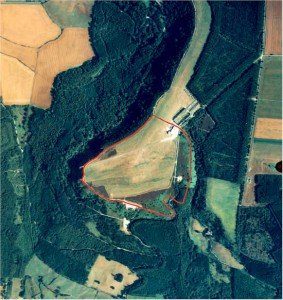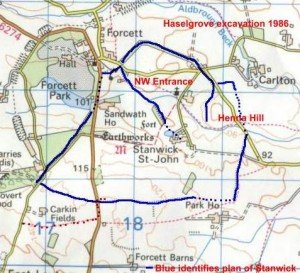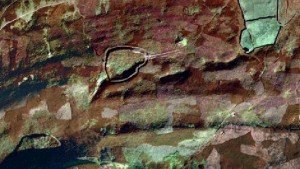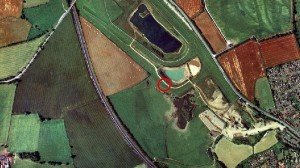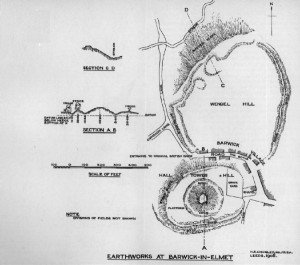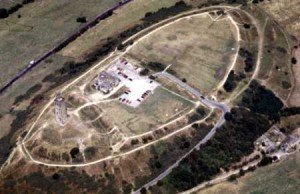“”We were shocked to discover such a huge complex,” said Alastair Oswald, archaeological field investigator for English Heritage. Preliminary examinations of the remains suggest it was more than twice the size of most other prehistoric strongholds. Built of timber palisades and girdled by a 1.3 mile circuit of ramparts, 60 per cent of which are cut out of solid limestone, the fort has been provisionally dated at 400BC.
Map Icon: Hill Fort
Stanwick Hill Fort
Stanwick is very close to the Scotch Corner junction of the A1, close to Darlington. From Scotch Corner, take the A66 towards Barnard Castle for a couple of miles then take the right turn towards Forcett. The road will take you past part of the defences, at which point a left turn will take you to Stanwick St John Church, which is a suitable starting point for any visit.
Maiden Castle Fort Reeth
For over five hundred years, the miners and smelters of Reeth produced mountains of precious lead. The lead ores from Reeth had high concentrations of Silver, Lead itself became and important ingredient in bronze. Maiden Castle, deep in the Swaledale lead mining territory a unique piece of Iron Age architecture. It is the only known fort with what seems to be a processional entrance.
Castle Hill, Almondbury
Underneath these medieval earthworks is a series of earlier defenses which dates back to the early Iron Age. This was the building which burned down and it is regarded as one of Yorkshire’s most important early Iron Age hill forts, it is one of Yorkshires true multi-valet hill forts and gives the impression of a tribal capital of a significant region, given the lack of similar hill forts in the region.

